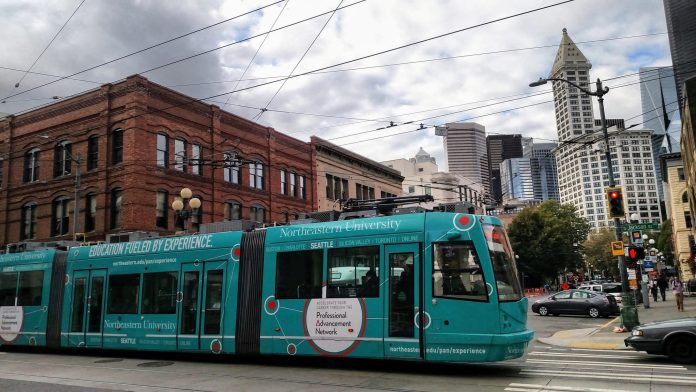
Last week the Seattle Department of Transportation (SDOT) requested $9 million to keep the Center City Connector streetcar project moving. Yesterday, the Council’s transportation committee voted in favor of making the appropriation and moved it to the full Seattle City Council, which will vote on Monday.
The $9 million would tie up the remaining loose ends for engineering and designing the line and result in an actionable plan with clarity on the budget shortfall, now estimated at $65 million, and on the timeline. A large portion of the budget shortfall stems from the project’s delay, which means escalation in construction costs. Slated to open in mid-2020 before Mayor Jenny Durkan paused the project, SDOT is now aiming for a 2026 opening with the Mayor vowing support for the project.
Public comment on the streetcar was overwhelmingly positive both last week and on Tuesday. A variety of benefits were cited, from helping seniors and low-income riders get around more easily to lowering climate emissions to boosting tourism along the line. Some folks also stressed the promises of a connected streetcar network that were made to communities when they accepted construction impacts from the First Hill Streetcar. The Center City Connector is the missing link to make that happen and create a consolidated line uniting the First Hill and South Lake Union streetcars.
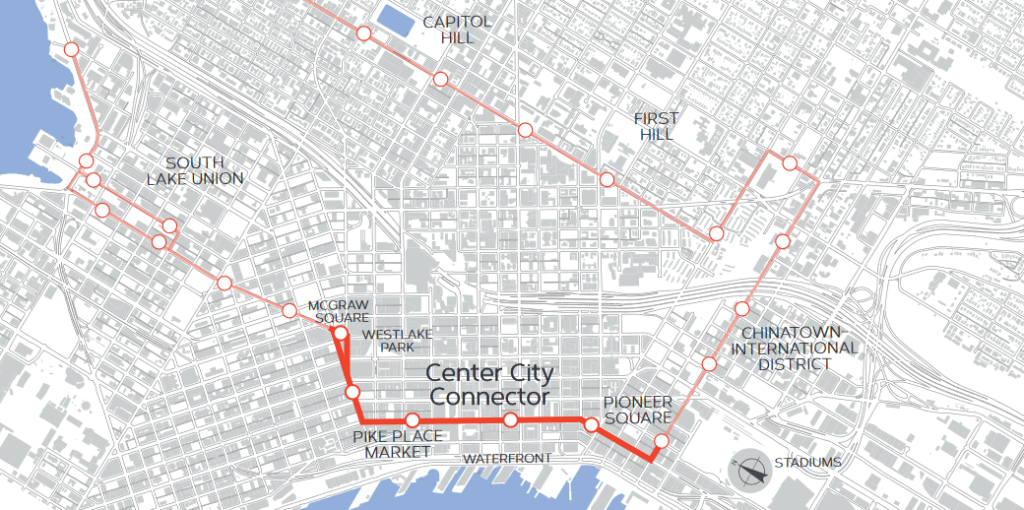
The $100 Million Question
Before transportation chair Mike O’Brien voted for the appropriation, he asked for (and did) a little budget math to understand what’s at stake. While SDOT’s latest budget for the project is about $208 million with another $77 million for utility work, most of that money cannot be recovered by canceling the project. For starters, SDOT has already spent about $45 million on the project and $75 million is in federal grants that are not transferable. Some other budget items are likewise not recoverable or come with closeout costs. In short, SDOT Director Sam Zimbabwe said of the $285 million budget, only $100 million could be recovered for other projects if the City cancels the streetcar.
After crunching budget numbers and discussing ridership projections, Councilmembers O’Brien and Abel Pacheco voted in favor of the appropriation. The rest of the council will get a say on Monday. Councilmember Lisa Herbold has been a vocal critic and likely to vote no, but most others seem amenable. That said, it would be prudent to send the Council an email or give them a call to make sure they vote the right way.
Projecting Ample Ridership
SDOT presented a projected daily ridership projection of 18,100 for the consolidated streetcar network in its memo to council–a 230% increase over existing streetcar ridership. However, an SDOT spokesperson noted that figure was from 2018 modeling using a hypothetical 2019 opening, and SDOT would update that figure for a 2026 opening once design funding is approved by Council. The updated ridership projection appears likely to be considerably higher.
A 2026 opening means seven years of growth along the streetcar line versus previous modeling; streetcar-adjacent population will increase dramatically due to rapid development already in progress or planned. The figure also excluded 3,300 in daily ridership attributed to the boost from special events throughout the year. This suggests 18,100 is an underestimate for what the Center City streetcar could really attract in 2026, let alone in its fifth year, an industry standard point to take stock of a transit line.
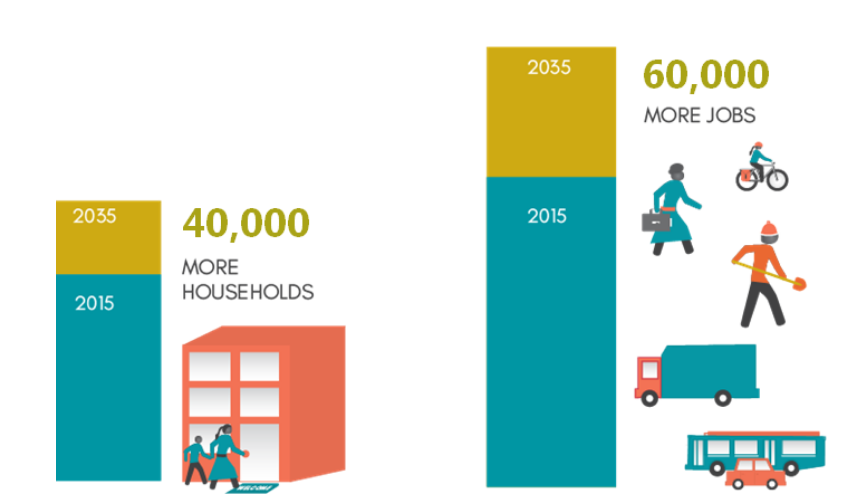
An additional 40,000 homes and 60,000 jobs will border the Center City streetcar in 2035 according to the Seattle Streetcar Coalition. A new cruise terminal is also being built near the line.
The two existing streetcar lines have underperformed the federally-mandated STOPS ridership modeling SDOT uses, but that may be attributable to how short the lines they are compared to typical transit lines. The South Lake Union line is just 1.3 miles and the First Hill Streetcar is 2.5 miles long, which means just hoofing it or using other services like bikeshare can easily compete. Ridership is flat on the stubby and often delayed South Lane Union line, while it is growing steadily on the more reliable and longer First Hill line, with 2018 ridership up 31%. The unified line will be five miles long and more reliable thanks to dedicated center-running transit lanes, suggesting it should be easier to model and operate closer to projections.
Why SDOT Needs to Do Additional Design Work
While the Center City Connector appeared shovel ready in 2018, an audit of the plan did reveal some areas for improvement. Specifically, the design revisions the City is now about to fund were identified as needed after SDOT realized that the larger CAF Urbos streetcars ordered for Connector would be too heavy for a stretch of Jackson Street between Third Avenue and Fifth Avenue built on an aging bridge over freight rail tracks below. Nine feet longer and about 20,000 pounds heavier than Seattle’s existing Inekon streetcars, the Urbos streetcars will carry up to 166 passengers at crush loads–twice the capacity of Metro’s largest buses.
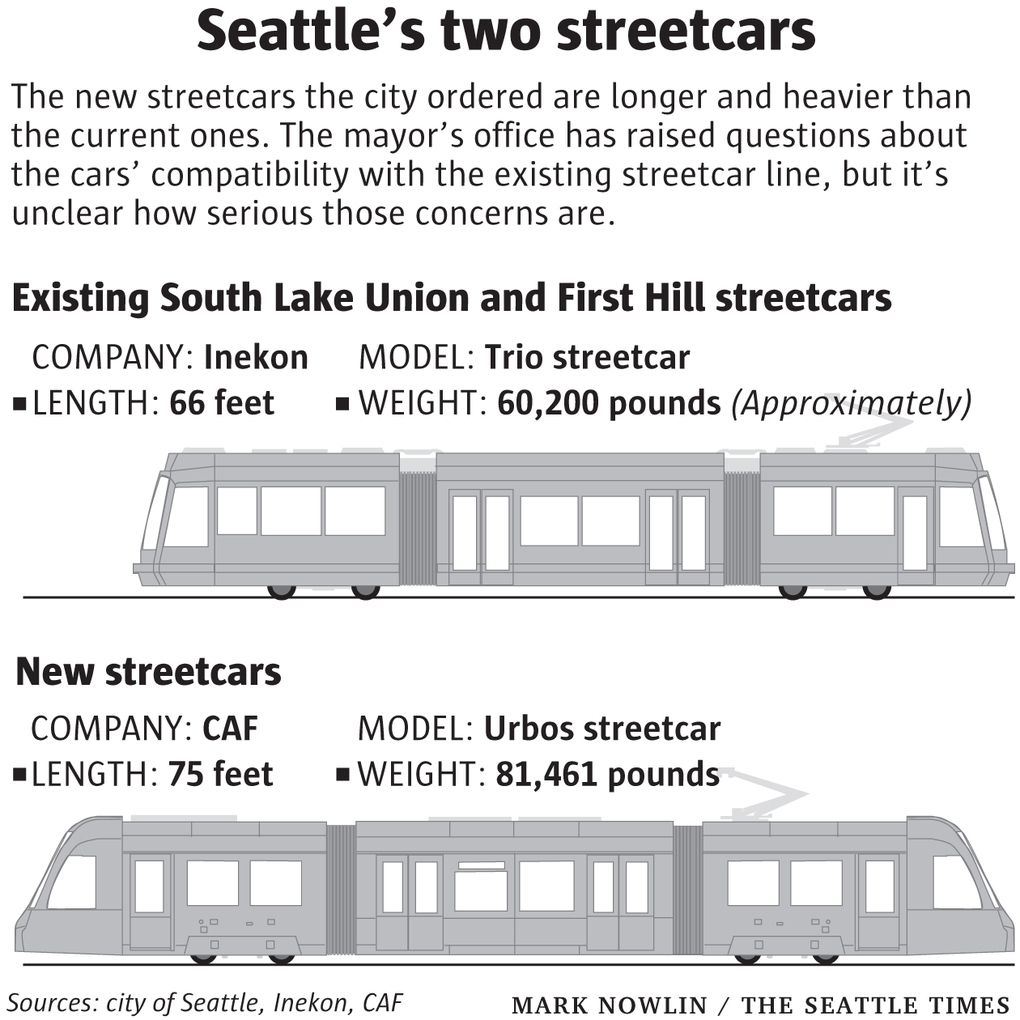
Slight revisions to the maintenance barn and some of the stations are also needed to accommodate the longer vehicles. SDOT has confirmed that the streetcars will fit the tracks though if you were still wondering about that.
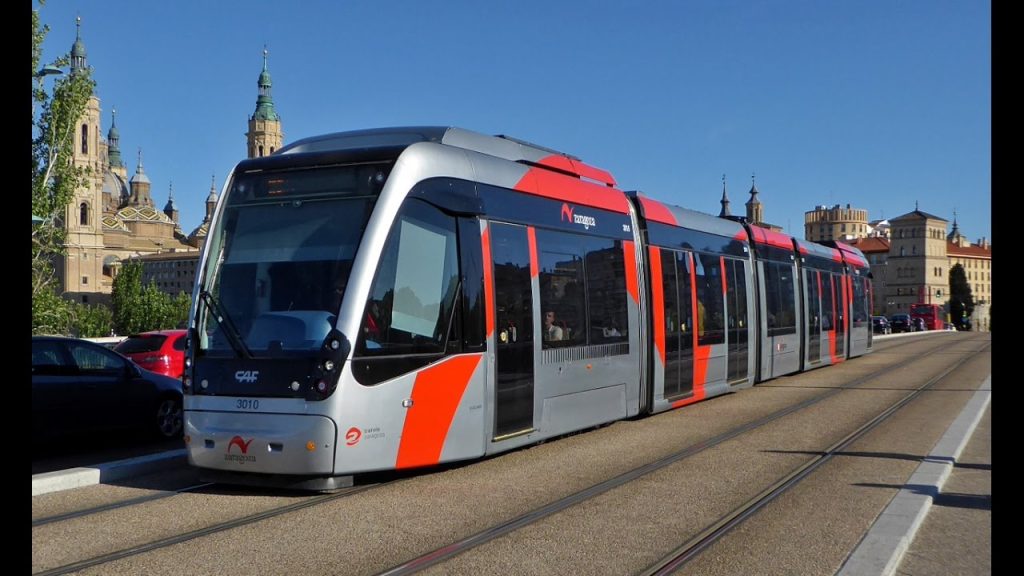
The $9 million would come to SDOT via an interagency loan from the Information Technology fund backed by future proceeds from the Mercer Megablock sale. Mayor Durkan released the details of Mercer Megablock deal today, which will bring in $143.5 million if Council approves the transaction.
Doug Trumm is publisher of The Urbanist. An Urbanist writer since 2015, he dreams of pedestrian streets, bus lanes, and a mass-timber building spree to end our housing crisis. He graduated from the Evans School of Public Policy and Governance at the University of Washington in 2019. He lives in Seattle's Fremont neighborhood and loves to explore the city by foot and by bike.


